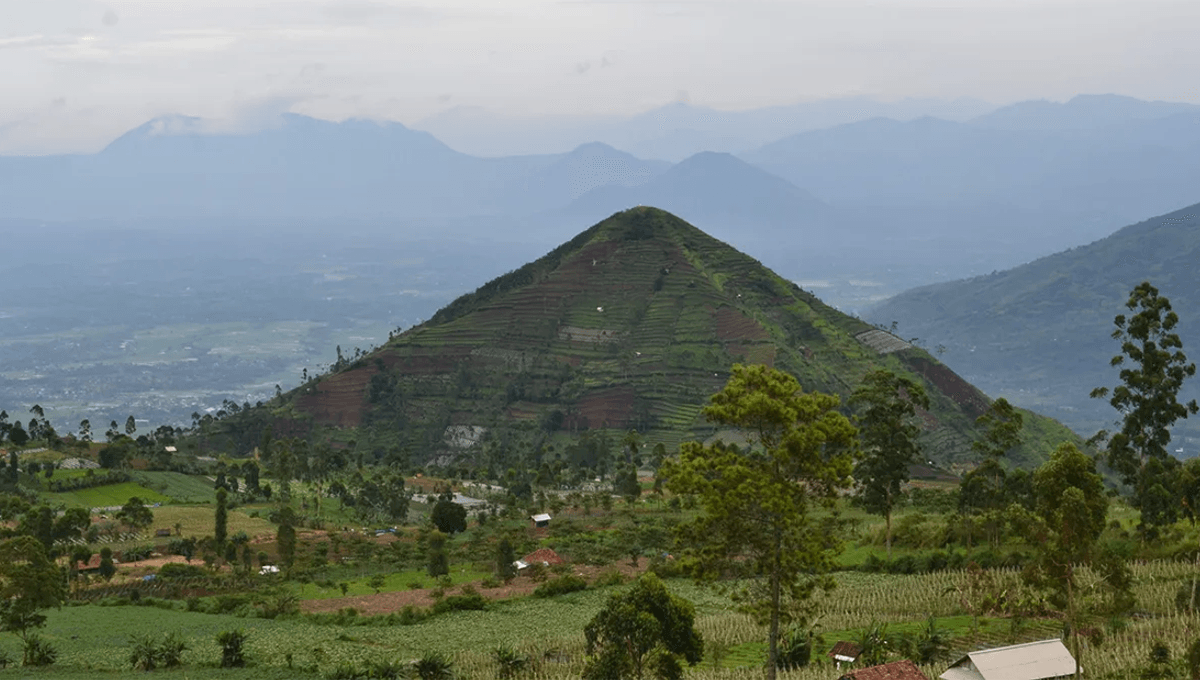
Last month, a study published in Archaeological Prospection garnered a lot of media attention (including from IFLScience) for its extraordinary claim that a mountain in Indonesia is actually the world’s oldest pyramid built by ancient humans. But reactions from archaeologists since have raised skepticism about its bold conclusions.
According to the paper, the Gunung Padang – which translates to “Mountain of Enlightenment” – was not formed naturally but “meticulously sculpted” into its current shape between 25,000 and 14,000 years ago. If this were true, it would be considerably older than the world’s oldest pyramids, with the team writing that it “suggests that advanced construction practices were already present when agriculture had, perhaps, not yet been invented.”
Among other bold claims was that there are “hidden cavities or chambers” at the site, and that the site itself appeared to have been buried several times “possibly to conceal its true identity for preservation purposes”.
Extraordinary claims require extraordinary evidence, and other archaeologists are far from convinced that the team has provided this, especially given how it would rewrite the history of human development. Lutfi Yondri, an archaeologist at BRIN in Bandung, Indonesia, told Nature that his work showed people in the area lived in caves between 12,000 and 6,000 years ago, and left no evidence of having the “remarkable masonry capabilities” supposedly employed by people of the area thousands of years before them to build the “pyramid”.
Flint Dibble, an archaeologist at Cardiff University, UK, told Nature that the paper used “legitimate data” but made unjustified conclusions. For example, the team used carbon dating, claiming that “dating of organic soils from the structures uncovered multiple construction stages dating back thousands of years BCE, with the initial phase dating to the Palaeolithic era”.
According to the team, soil samples from around the parts of the mound they deem to be the oldest part of the “construction” dated back 27,000 years. While this may be true, further archaeologists point out to Nature that these soil samples showed no signs – such as bone fragments or charcoal – which indicate human activity. In essence, without other more compelling signs of human activity around it, all it is evidence of is some really old soil.
With other questions around the team’s findings, such as a dagger-shaped stone presented by the team as possibly human-made showing no real signs of work that would support such a conclusion, the journal that published it is investigating the paper, though they declined to fully detail the nature of their concerns. A more likely explanation, until stronger evidence is presented, is that the mound is a natural formation.
“Material rolling down a hill,” Dibble explained to Nature, “is going to, on average, orient itself.”
Source Link: The 25,000 Year Old "Pyramid" In Indonesia Was Likely Not Made By Humans